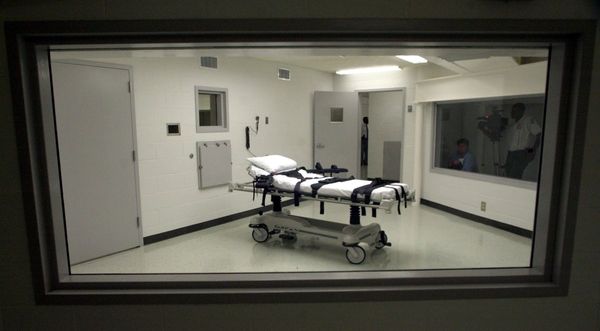
This is part three in a series about searching for solutions to the climate emergency. Read parts one, two, and four.
Australia’s biggest soft plastic recycling program and go-to bag drop for supermarket giants Coles and Woolworths halted its collection services this week after it was found to be stockpiling, not servicing, the waste. REDcycle cited lack of demand (and a factory fire) for the shutdown. The departure comes as new players enter the market with quite the appetite for plastic recycling.
Australian enviro-tech startup Samsara Eco is moving away from traditional melt-and-reform methods of recycling to enzymes that break down plastic as a part of their daily diet.
Let’s pull that apart.
A proclivity for plastic
The enzymes have been coined “plastic-eaters”, but Samsara Eco’s chief science officer, Professor Colin Jackson, says that although they have an acquired taste and “capacity to consume the plastic”, they’re not afforded that luxury. Simply put, “That’s not the best outcome.”
In short: eat something and it pops out the other end. For an enzyme, plastic for breakfast, lunch and tea comes out as CO2. Instead of letting the enzymes gorge themselves and pump plastic waste into the atmosphere, Jackson said it’s more productive to have it break down bonds and go home hungry.
Plastics are chains (in scientific-speak they’re polymers made up of many monomers), but when an enzyme comes in and removes the links, the chain is no more. Much like mortar on a brick wall. No mortar and the bricks are free. For plastic, cut ties and what’s left is the very chemicals used to make it in the first place. Back to basics.
“If we can take waste plastic, use enzymes to break that plastic down, and provide these chemicals to plastic manufacturers, then we don’t need to keep getting these chemicals from fossil fuels,” Jackson says.
It’s a recipe for “infinite recycling”.
Australia’s recycling food chain
All up, 2018-19 data shows Australia has an annual uptake of 3.4 million tonnes of plastic. That’s a hefty 130 kilograms for each person. A mere 12% — equivalent to 408,000 tonnes — are recycled, while 81% goes to landfill. An ocean dip is also popular among plastics with 130,000 tonnes winding up in waterways every year.
Plastics have a visible toll on the environment, but their production also relies (in body, mind, spirit) on the extraction of petrochemicals (part and parcel to the fossil-fuel industry).
Samsara Eco is pitching to process 20,000 tonnes of plastic by 2024 — 0.5% of the country’s annual consumption — but it’s angling for the “90% of plastic we don’t recycle”.
What Australia does recycle (and “relatively well”) are clear, not coloured, things (primarily bottles) done using a melt-and-reform process. But the enzymes are not shy of colour. They operate according to plastic type.
Samsara Eco plans to launch its operations with PET plastics, before scaling up to nylon (textiles), polycarbonate (CDs), and polyurethane (foams), ultimately playing its part in “solving the mixed bale problem” of unsorted plastic.
But the big-ticket item for Australia remains soft plastics.
Do the enzymes have a soft spot?
In 2019-20 there were 487,000 tonnes of “flexible plastic packaging” — soft plastics — placed on market in Australia. REDcycle’s departure will see 5 million pieces of soft plastic a day relinquished to landfill.
Executive director of Boomerang Alliance Jeff Angel says that although Samsara Eco’s plan is “nice”, it needs to “get big fast” in order to serve a useful complimentary service: “I’m only willing to back technological additions if they can be built up to scale very quickly. If we can’t get on top of this problem and genuinely recycle soft plastics, they’re going to end up in incinerators.”
Soft plastics have a more complicated polymer chain than the rest of the plastic playing field. The building blocks basically have problems laying down boundaries, making them harder to break apart.
Jackson says soft plastics are a long-term game for Samsara Eco once they’re up and running. Last week the company announced it raised an initial round of $54 million to put towards establishing its first commercial plastic recycling facility in Melbourne. Construction is set to take place this year, with full-scale production to ramp up next year.
Jackson acknowledges that his team of human (and non-human) employees will not be able to single-handedly solve the plastic problem but their ability to halt the extraction of petrochemicals for the production of more plastic and also “recapture the value in waste plastic” (incentivising return and collection) will be critical in future.
His hope is the technology will tickle the tastebuds for greater recycling capacity in Australia.
Are you frustrated over now having to put your soft plastics into the red bin? Let us know by writing to letters@crikey.com.au. Please include your full name to be considered for publication. We reserve the right to edit for length and clarity.







